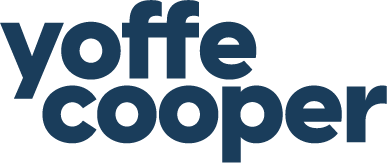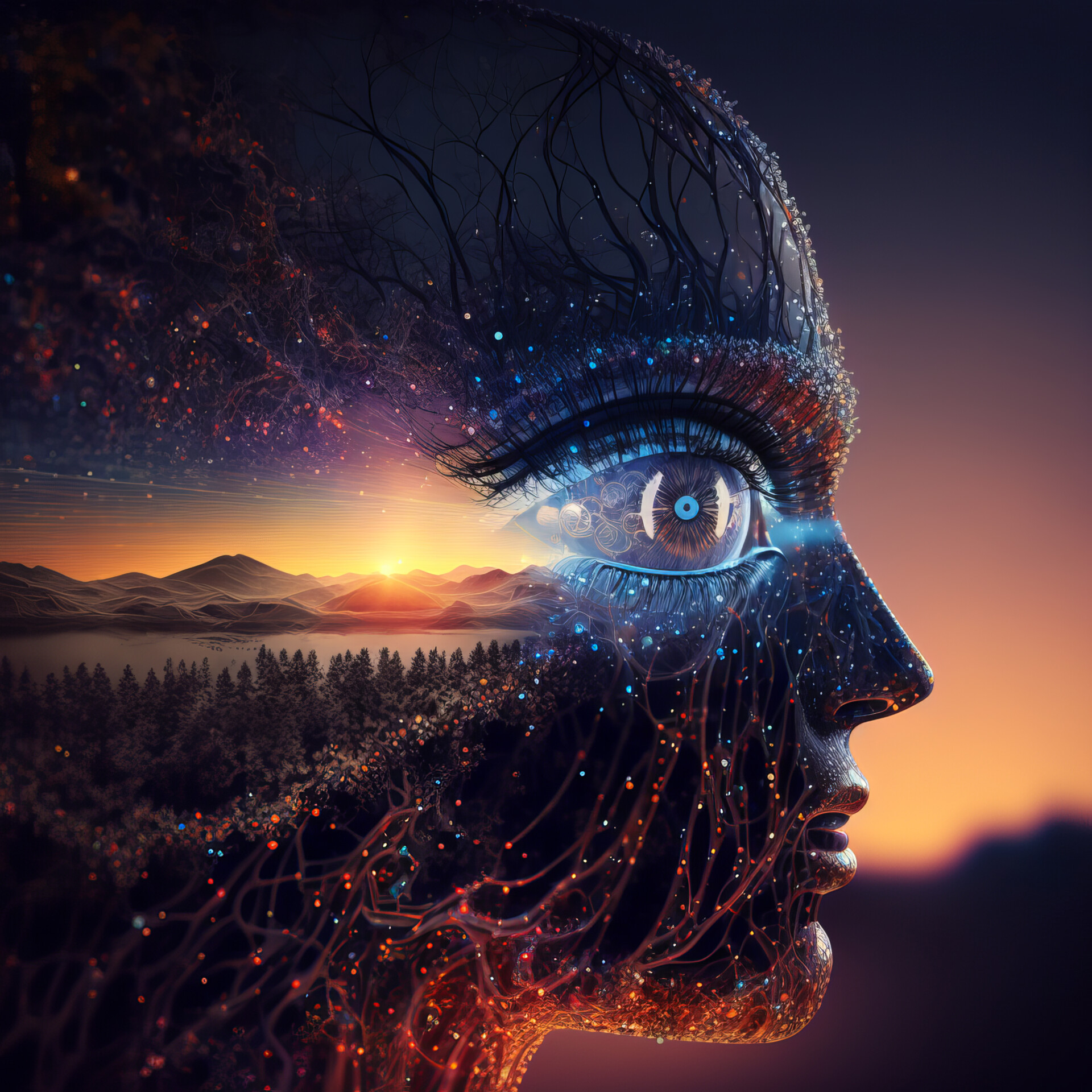A recent story covered by The New York Times highlights the legal challenges arising from AI-generated artworks, shedding light on the evolving landscape of creative expression and ownership.
The article discusses a federal court case in which a judge rejected a copyright claim brought by an AI developer against another individual who modified and exhibited AI-generated artwork.
The case underscores the nuanced interplay between human creativity and machine-generated content, pushing the boundaries of traditional copyright law.
Central to this legal debate is the concept of authorship. Copyright law traditionally attributes authorship to humans, but AI-generated works challenge this notion. As AI algorithms autonomously create art, questions arise: Who should be considered the author when the creative process involves both human programming and machine execution? Can AI truly “create” in the same sense as human artists?
The court’s decision highlights the need for legal frameworks to adapt to the evolving nature of creativity. As AI-generated art becomes more prevalent, lawmakers and legal scholars must grapple with how to define and protect the rights of creators, whether human or machine. Should AI-generated works be granted copyright protection, and if so, who should hold those rights? Alternatively, should these works be considered public domain due to their non-human origins?
Furthermore, the legal challenges extend beyond copyright. Questions about the ownership of AI-generated art, licensing agreements for AI algorithms, and potential liability in cases of infringement need to be addressed.
Striking a balance between promoting innovation in AI technology and ensuring fair compensation for creators will be a critical task for legal professionals, policymakers, and the art community alike.
Importantly, the legal impact of AI-generated art resonates beyond the realm of art itself. The ongoing Hollywood strike underscores the broader implications of creative industry disputes. As Hollywood workers demand improved compensation and better working conditions, the potential introduction of AI-generated content adds a layer of complexity. Negotiations must consider how AI’s involvement in content creation could affect the roles, livelihoods, and bargaining power of traditional creators.
In the context of AI-generated art and the Hollywood strike, this case serves as a reminder of the need for legal frameworks that reflect the rapidly evolving digital landscape. As AI’s role in creative endeavors grows, a nuanced and forward-thinking approach to copyright and intellectual property law will be essential to ensure that both human and machine creators are given due recognition and protection while addressing the evolving dynamics of the entertainment industry.



